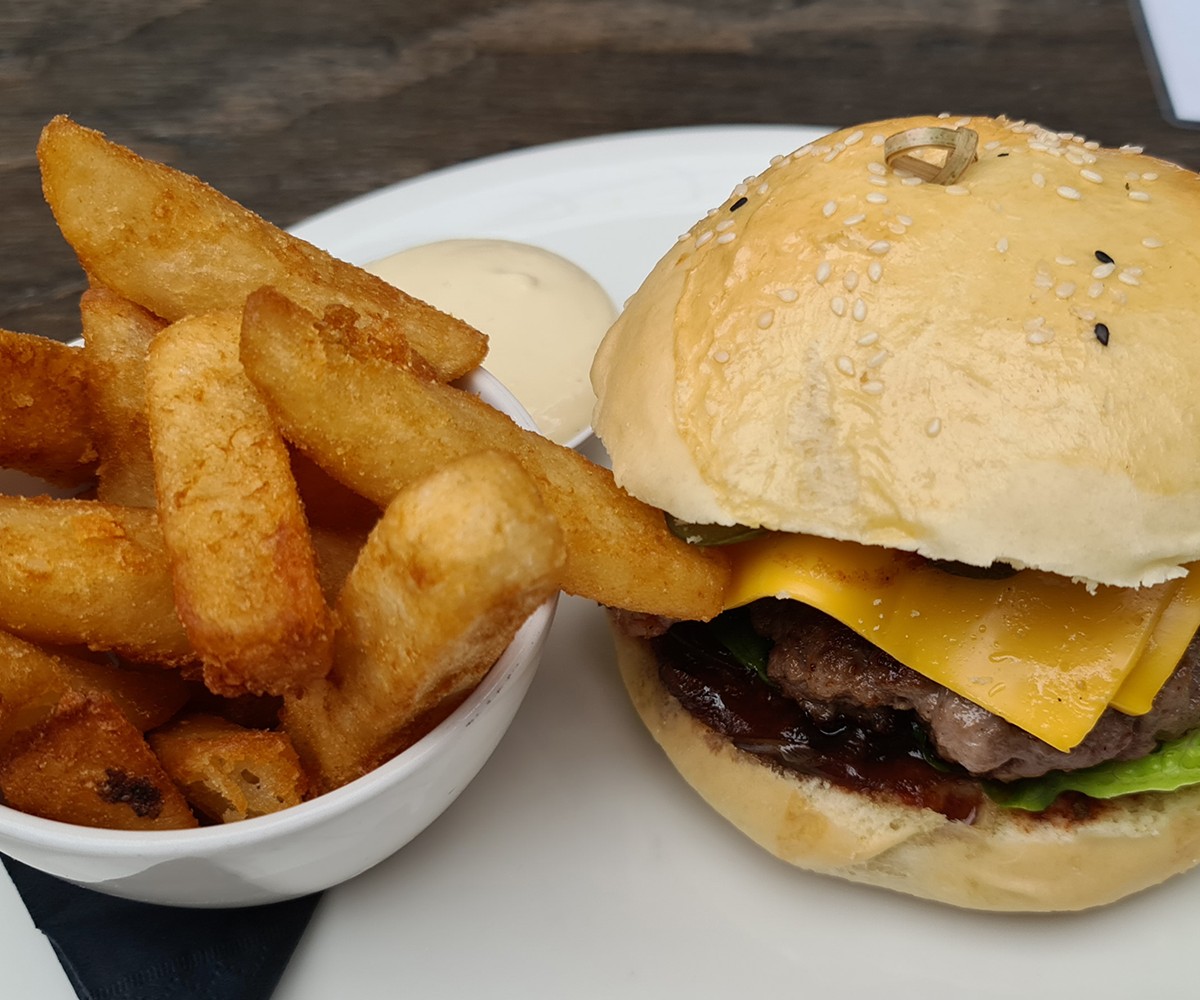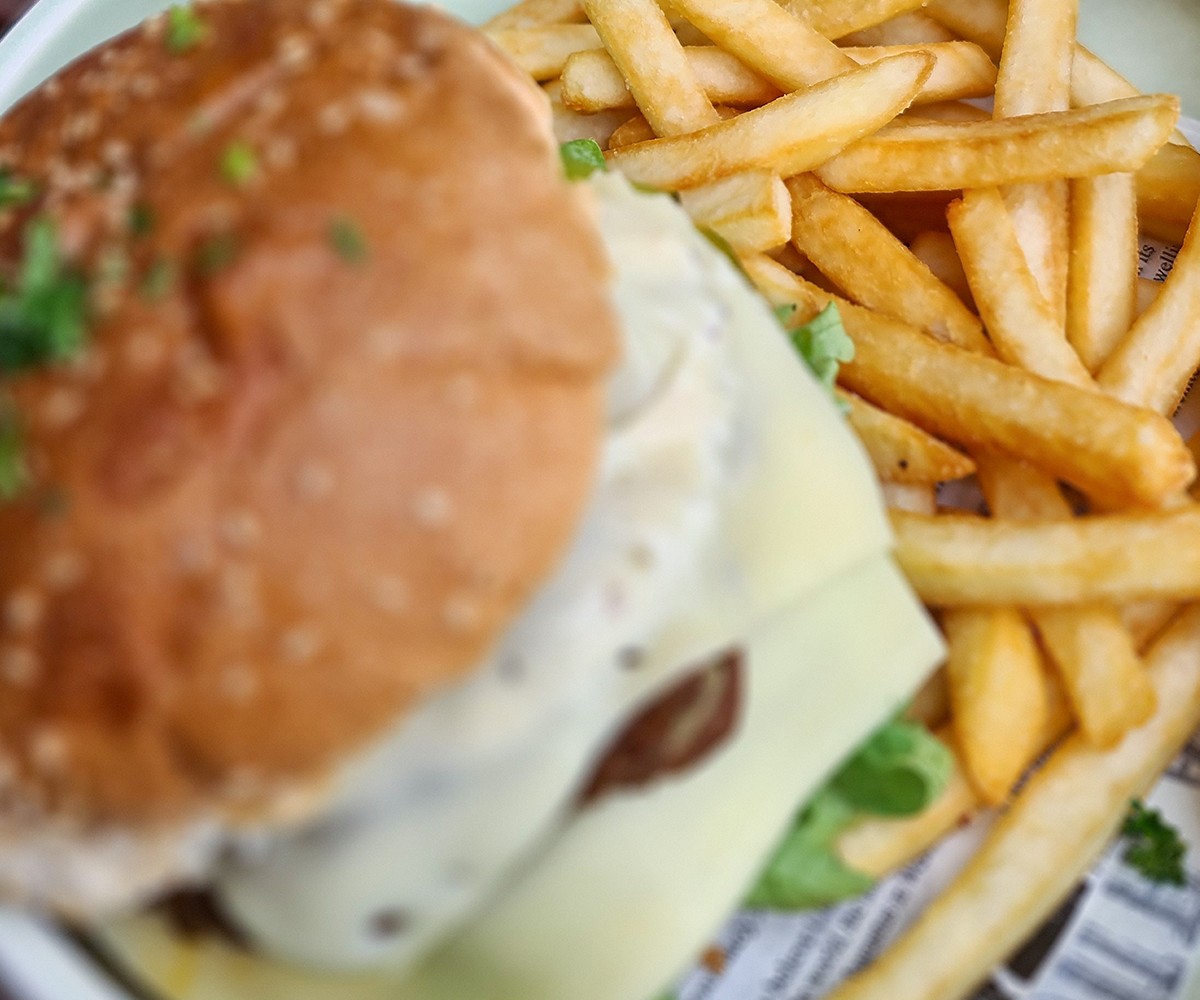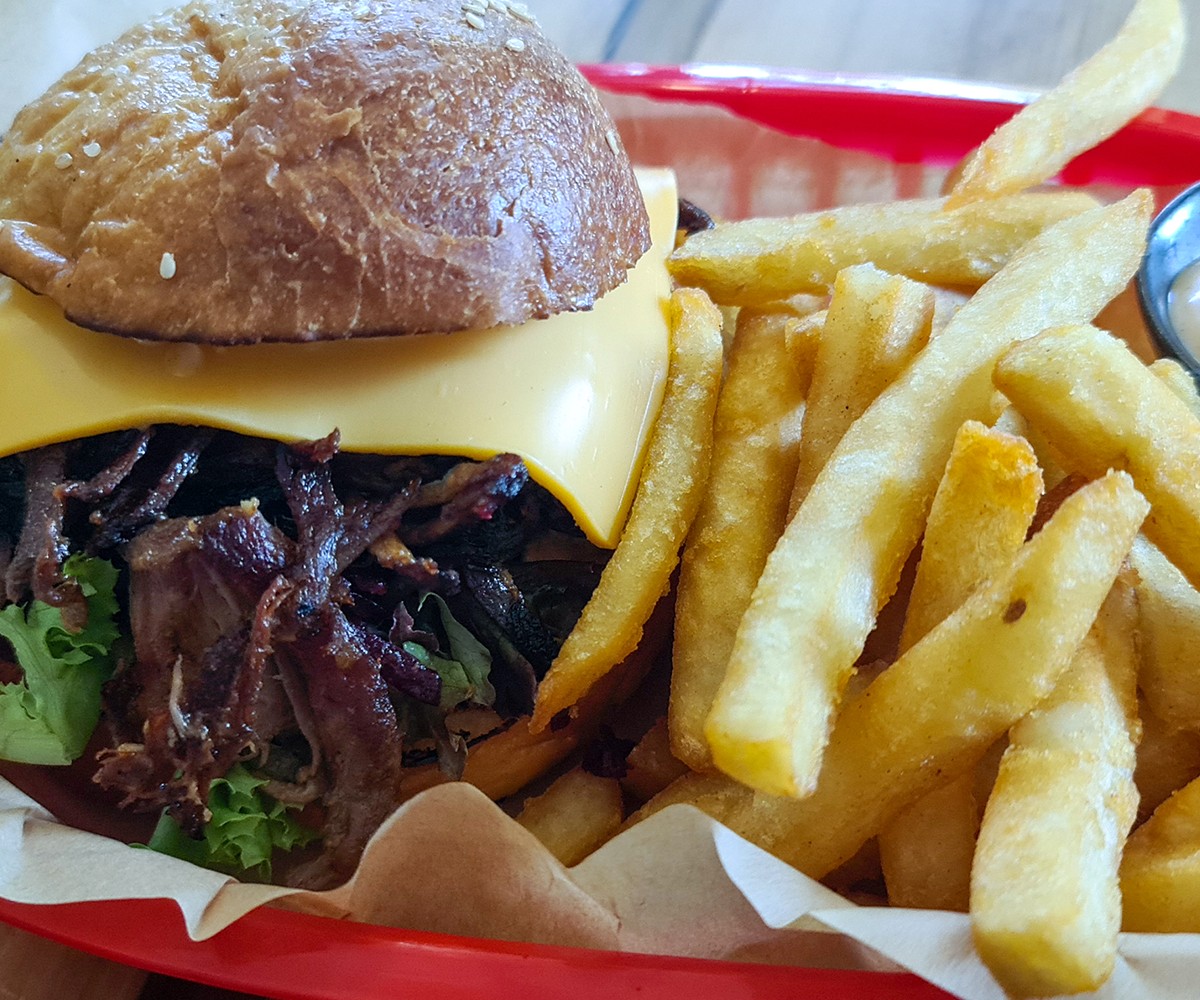Which Steak Cuts Are Leanest and Best for Fat Loss?

The different cuts of beef and their nutritional content
Take a look at the image below to get familiar with these twelve popular cuts of beef and where they're from:

Let's start with one of the most popular varieties there is the T-bone steak.
T-bone steak nutritional information
A T-bone steak has the trademark T-shaped bone, separating the strip and the tenderloin muscles. This steak comes from the short loin across the spine. It's a favourite at most Australian barbeques and is frequently in high stock and demand at supermarkets. Per 100 grams, it has 16 grams of fat and boasts 24 grams of protein.
Given we'll consider a piece of beef with 8 grams of fat or less "lean", this steak goes into the fattier category.
- Protein: 24 grams (per 100 grams)
- Fat: 16 grams
Verdict: Fattier.
Porterhouse steak nutritional information
Another popular steak option is the porterhouse cut.
A porterhouse is from the same cut as the T-bone but is sliced from the far back, containing a larger portion of filet mignon.
Yet, the porterhouse steak per 100 grams has 20 grams of fat and 24 grams of protein. The higher level of fat means some might find it tastier, but this is of course a personal preference.
- Protein: 24 grams (per 100 grams)
- Fat: 20 grams
Verdict: Fattier.
Sirloin steak nutritional information
The sirloin is another popular steak option but isn't known to be as tasty as the previously mentioned cuts.

The sirloin is derived from the hip of the animal and is slightly higher in protein per 100 grams at 27. And with 16 grams of fat per 100 grams, it finds itself into the more calorie-dense category.
- Protein: 27 grams (per 100 grams)
- Fat: 16 grams
Verdict: Fattier.
Filet mignon nutritional information
When people talk about fancy beef, they're most likely referring to filet mignon. Whilst it's more expensive than most of the other cuts, it's obviously very popular because of its taste.
A filet mignon is cut from the tenderloin, which runs under the spine from the mid-body to the hind leg of the animal. And per 100 grams, it provides 26 grams of protein and 17 grams of fat.
- Protein: 26 grams (per 100 grams)
- Fat: 17 grams
Verdict: Fattier.
Rump steak nutritional information
Like the sirloin, the rump steak is derived from the rear part of the hip and the same muscle as the sirloin. It boasts plenty of marbling and a wide strip of fat, making it very tasty.
It's another common type of steak consumed at barbeques, and available more often than not at the supermarket. Per 100 grams, it has 10 grams of fat and 21 grams of protein.
- Protein: 21 grams (per 100 grams)
- Fat: 10 grams
Verdict: Fattier.
Flank steak nutritional information
The Flank Steak is derived from the lower belly and is a big flat muscle that's rather chewy. For this reason, it certainly isn't everyone's first choice.

But it is in the leaner category: 8 grams of fat and 28 grams of protein per 100 grams.
- Protein: 28 grams (per 100 grams)
- Fat: 8 grams
Verdict: Lean.
Skirt steak nutritional information
Not quite as popular in supermarkets, the skirt steak is from the beef’s diaphragm. But those who consume it regularly will tell you how tasty it is!
Per 100 grams you'll get 12 grams of fat and 26 grams of protein.
- Protein: 26 grams (per 100 grams)
- Fat: 12 grams
Verdict: Fattier.
Beef brisket nutritional information
Beef brisket is derived from the chest and is divided by a layer of fat. But it must be cooked slowly because of its long fibres.
Many cultures have their version of cooking and presenting brisket; it's certainly one of the softest and tastiest cuts you can sink your teeth into!
And the other good news? It's very lean, too!
Per 100 grams you'll get just 7 grams of fat and 21 grams of protein.
- Protein: 21 grams (per 100 grams)
- Fat: 7 grams
Verdict: Lean.
Flat iron steak nutritional information
Another lean option, flat iron steak contains just 6 grams of fat and 20 grams of protein per 100 grams.
This thin cut comes from its iron-like shape; derived from the front shoulder and then generally divided into two fillets.
- Protein: 20 grams (per 100 grams)
- Fat: 6 grams
Verdict: Lean.
Tomahawk steak nutritional information
A very special treat for meat-eaters, the tomahawk steak boasts a great taste.
Normally not sold frequently in supermarkets, a tomahawk steak per 100 grams contains 13 grams of fat and 22 grams of protein.
- Protein: 22 grams (per 100 grams)
- Fat: 13 grams
Verdict: Fattier.
Rib-eye steak nutritional information
A rib-eye steak is another popular barbeque cut of meat and dinner option for Australian families.
It's derived from the front rib and is composed of four muscle strings; It gets its name from one of the four strings that looks like an eye!
But it's a very fatty cut of meat; per 100 grams you'll get 22 grams of fat for 24 grams of protein.
Definitely not a cut of meat to consume without knowing its fat content, a rib-eye is more of a special treat.
- Protein: 24 grams (per 100 grams)
- Fat: 22 grams
Verdict: Fattier.
The final verdict
Flank, brisket and flat iron steaks are some of the leanest we can eat, whilst porterhouse and rib-eye steaks are some of the fattiest. The bottom line is that all these cuts of beef can be consumed in moderation as part of a healthy diet.
Of course, there is nothing inherently bad about their fat content, we just need to ensure we know how much is present, so we can factor it into our daily macronutrients; ensuring we're reaching our goals as quickly as possible!

Dayne Hudson
Like many, Dayne was once desperate to lose weight and get into shape. But everyone he asked, everything he read, lead to the same place... nowhere.
His journey started there - researching science journals and completing a Sports Nutrition Specialist qualification so he could make weight loss easier.






























